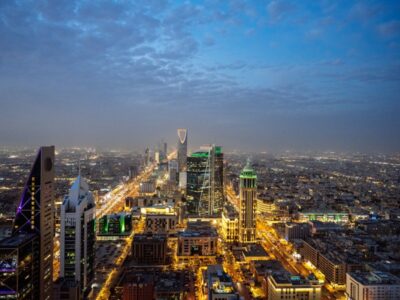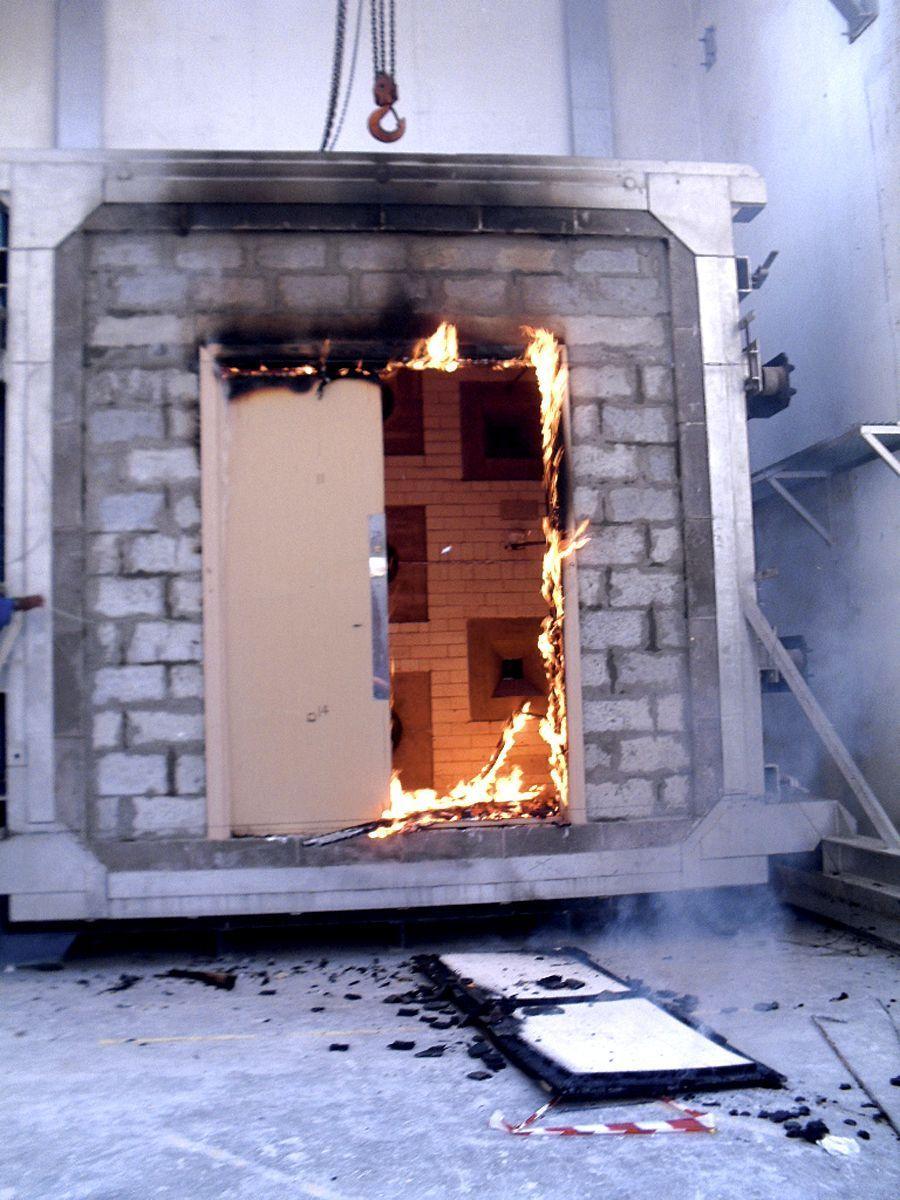A deadly fire in a Shanghai high-rise apartment undergoing energy-saving renovations has spurred safety reviews of similar projects, as the government suspended such work in the capital pending its findings.
Authorities said that 58 were confirmed dead in the blaze, which swept through the 28-storey building on Monday 15 November after sparks from welding equipment set nylon construction netting and bamboo scaffolding alight, as flames spread throughout the building. The fire was “completely avoidable”, China’s top labour safety official said, blaming lax supervision and illegal work practices. It also is raising alarm over widespread use of flammable insulation used to retrofit buildings to meet new energy standards. “The accident should not have happened,” Luo Lin, head of the State Administration of Work Safety, said.
Luo listed a litany of problems with the government-sponsored energy-saving project: illegal use of unlicensed subcontractors, poor construction-site management, lax local safety supervision and use of highly-flammable nylon netting, insulation and other materials that caused the fire to spread out of control throughout almost the entire building. The inferno was set off by sparks from welding intended to affix insulating materials to the outer walls of the building that hit the nylon netting hung as a safety precaution from bamboo scaffolding, Luo said. Police have detained eight suspects, including four they said were welders working without proper qualifications.
The disaster was a blow to Shanghai, China’s business capital and one of the country’s most modern, well-run cities, coming less than month after it claimed success in hosting a World Expo that drew a record 72 million visitors. China has been tightening its energy standards, partly to meet its pledges on climate change. and also to reduce waste and curb soaring consumption of costly and scarce energy resources. Safety and other environmental issues apparently are being overlooked as local officials and businesses rush to jump on the energy-saving bandwagon with retrofitting projects that are fresh opportunities for corruption and corner-cutting.
While the nylon netting – illegal but widely used on construction projects – appeared to be the main vehicle for the fire’s spread, the polyurethane foam insulation being layered on the apartment building’s outer walls was also highly flammable. Li Hua, an engineer and researcher with the China Academy of Building Research, said building insulation materials are relatively new in China, but widely used. “The government should supervise the quality of these materials, ensuring they pass fire prevention standards,” he said. Use of polyurethane foam and other insulating materials is closely regulated in other countries to minimise well-known fire risks with flame retardants and fire barriers. Such materials are not allowed in skyscrapers. “Buildings are vulnerable to fire during installation of these insulation materials. It is safer when another layer of coating is added to prevent fire,” said Li.
The spectre of a high-rise fire also looms over Dubai’s towering skyline, as with the elevator breakdown in the Burj Khalifa in early 2010 that trapped 14 people near the observation deck. Eng. Khalid Al Khatib, CEO of NAFFCO – a total solution fire protection system and safety engineering specialist – comments that health and safety standards in Dubai are high, and comparable globally. “Use of approved and certified products is becoming mandatory on the part of governmental regulatory bodies and authorities,” says Al Khatib. NAFFCO, for example, which is one of the top five global manufacturers of firefighting equipment, boasts international certification such as LPCB, BSI, SAI Global, SABS, UL and FM.
Looking at local developments in this regard, the region’s first fire-testing laboratory has expanded its scope of fire testing after being accredited to the applicable North American fire-safety standards. Laboratories typically seek to extend their scope so that they can offer more types of testing or, in this region, so that they can offer similar tests under standards issued by different national or multinational authorities. “We are now able to provide fire resistance testing for non-load-bearing construction assemblies such as doors, walls, windows, dampers and penetrations to the applicable international standards,” explained Tom Bell-Wright, laboratory founder and CEO.
“One of the things I especially like about being able to offer this kind of testing is that it stimulates local manufacture of these systems. Before we set up this facility, the choice was to have their systems tested in Europe or North America, or not produce them at all.” Thomas Bell-Wright International Consultants, in keeping with all Dubai laboratories, is obliged by Dubai Municipality to maintain a quality system for its laboratory in accordance with ISO 17025 – the laboratory equivalent of ISO 9001 for manufacturing companies.
These accreditations are awarded by government or quasi-government bodies such as UKAS, for example in the UK, or ENAS in the UAE. “To receive this additional accreditation so quickly, is not only a testament to the hard work of the whole team, it speaks volumes for our own commitment to quality,” said Jean-Philippe Kayl, fire testing manager. The importance of fire testing is so that authorities can verify that assemblies used in building or industrial locations where fire has to be contained or excluded meet the specified fire-separation time criteria. This allows people to vacate the building, allows time for firefighters to reach the scene and minimises losses when a fire occurs.
“With fire doors and other products being sourced from all over the world, authorities often do not know whether they actually meet the requirements or not,” said Bell-Wright. “However, we can tell you absolutely, and now according to whichever standard you choose. Not only that, but manufacturers achieving certification to, for example, US standards can sell their products in any country which accepts those standards.”
Based in Dubai, the company is a specialist façade consultancy, full-scale testing laboratory for curtain walls, and fire-testing laboratory. It was the first company to have permanent curtain wall testing equipment in the region, and the first to have fire-testing apparatus in the region. It has a range of test chambers and support structures for curtain wall testing, and a state-of-the-art vertical fire testing furnace at its fully-equipped laboratory. Since 1993, the company has been associated with more than 300 of the most prestigious and largest landmarks around the Arabian Gulf and neighbouring countries.
In terms of the latest trends, Al Khatib reveals NAFFCO is looking at introducing new Korean technology to the region that combines fire detection and security surveillance in a single camera. “This will detect any spark day or night, even before it is picked up by a smoke detector. The technology is also flexible enough to be used for ‘smart’ access control, says Al Khatib.








